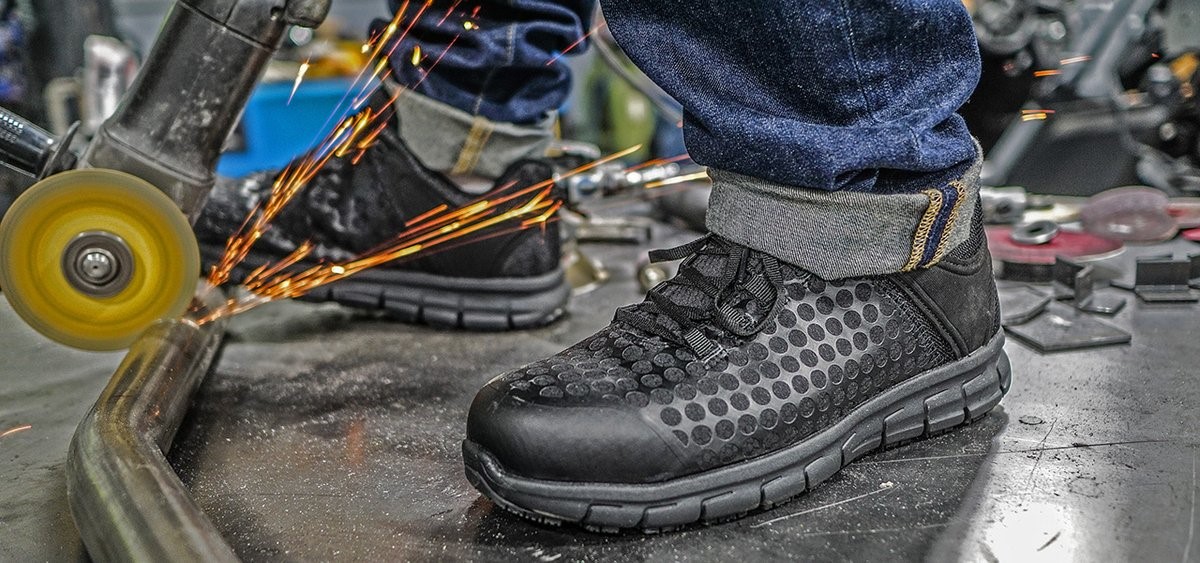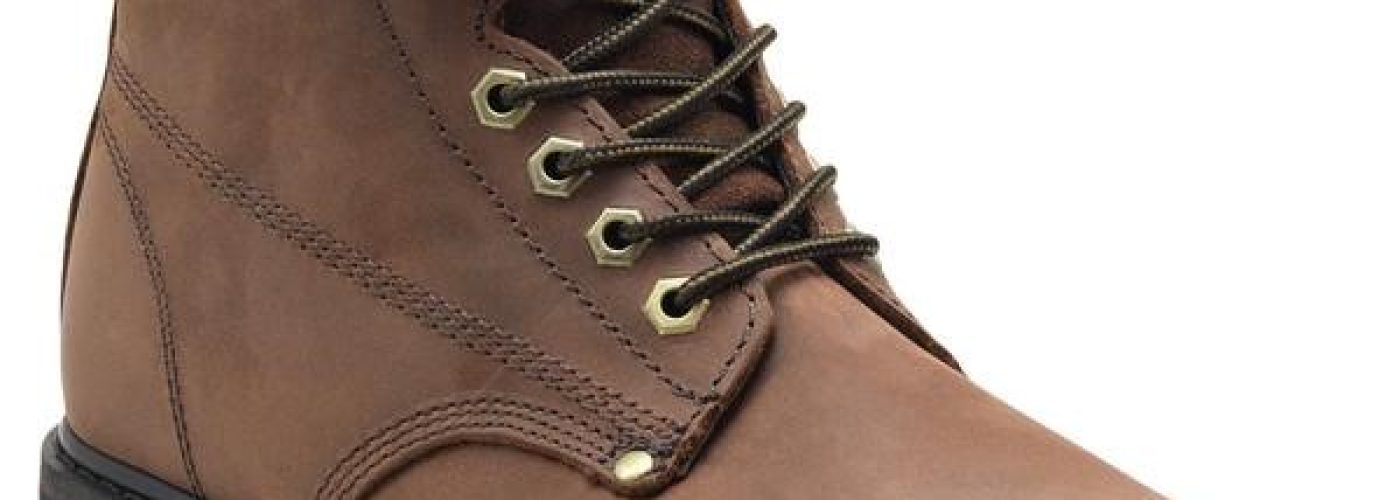Men who work in tough and demanding work environments like construction, firefighting, mining, drilling and others are required by law to wear protective gear which include footwear. While common sense dictates that employers and their employees should know to ensure that everyone working in dangerous sites is well protected, the government understands that if left to common sense and individual choice alone, a lot of people will either be too greedy or bull headed to comply.
To this end, the federal government through the Occupational Safety & Health Administration (OSHA) has a clear guideline on this issue. In fact, the penalty for violating this guideline is about $12,600 for violations termed as “serious”. If an employer fails to meet the specification, they could be fined $12,934 for every day they continue to fall short of the standard. Continued infractions can attract fines of up to $129,336. To learn more read this article here.
This at least shows you how importantly the government takes this issue of foot safety at worksites.
What is a Heavy Duty Work Shoe?
So, what exactly are heavy-duty work shoes or work boots? These are footwear that are constructed to withstand and protect its wearer from the dangers of certain work sites. This includes that danger of heavy objects falling on the feet, sharp objects piercing through, electrocution or electric shock from static electricity or other electric shock hazards and hot objects burning the worker.
This type of footwear must therefore provide all-round protection to the feet. You will usually find them to be bulky and heavier than regular footwear because of the materials they are made of. We will talk about this in more detail as we proceed.
Importance of Heavy Duty Work Shoes

Heavy duty shoes are very important to two classes of individuals. These are the employer and the employee.
The Employer
Above we mentioned a few fines an employer will be required to pay to the government if they fail to ensure that their workers have their feet fully protected at all times. Aside from the fees listed, there are other costs to the employer.
According to the U.S. Bureau of Labor Statistics, in 2016, about 100,000 foot injuries resulting from occupational accidents were reported. This translated to about 10 days of lost labor. If this were to happen in your workplace as an employer, you will need to spend some money replacing that individual. This could be easy or difficult depending on the skill level of the individual you need to replace.
Aside from this, as an employer you will also spend money in compensation to the worker. So you will be losing funds on a number of sides – paying fines to the OSHA, spending money on new employment and compensating the injured worker. All these are avoidable with the right foot wear.
The Employee
The employee bears the direct brunt of the incident. The pain of the injury, the disability (permanent or temporary) that might arise from it, the possible loss of employment not to mention the psychological trauma that can also arise from the situation.
Important Factors to Consider
When you are ready to choose a heavy duty shoe, there are some important points to consider. These factors cover some important sections – the toe, the sole, and the upper.
The Toe
Safety shoes or heavy duty shoes must provide solid protection to your toes from both falling objects and impact against hard surfaces. To this end, there is usually a protective cap in the toe area. This cap can be made of steel, aluminum or composite materials. Steel is quite common but may not be suitable in certain work environments, especially those that do not allow metals.
Steel is also heavier than the other two so if weight is an issue for you, go for one with an aluminum or composite toe cap.
The Sole
The sole provides most of the protection as it is the part that comes in contact with different types of surfaces. They are usually made of different types of rubber or Thermo Poly Urethane (TPU). Both offer good traction, are oil and slip resistant and also very tough. However, those made of TPU are lighter.
The Upper
The upper and top of the boot are also very important. Depending on your field you may need a material that is fire resistant. Either way, the material has to been tough enough to compliment the protection the toe cap provides. It should also be tough enough to withstand other dangers like sparks of fire from welding machines, splashes of hot liquids and more.
There are other important things to look at like the construction, the fit and the style. Some boots like the men’s waterproofed work boots by Ever Boots offer a mix of style and safety. They are also constructed to offer maximum comfort as well as protection.
Here’s a little thing to note; when trying on a new boot, do so wearing the type of socks you will be wearing regularly and also try it out either in the afternoon or at the end of the day. The reason is that your feet expand slightly through the day. By trying the boot out with the right socks and after your feet have expanded, you will get the right fit and so ensure you are comfortable even when your feet expand during the day.





